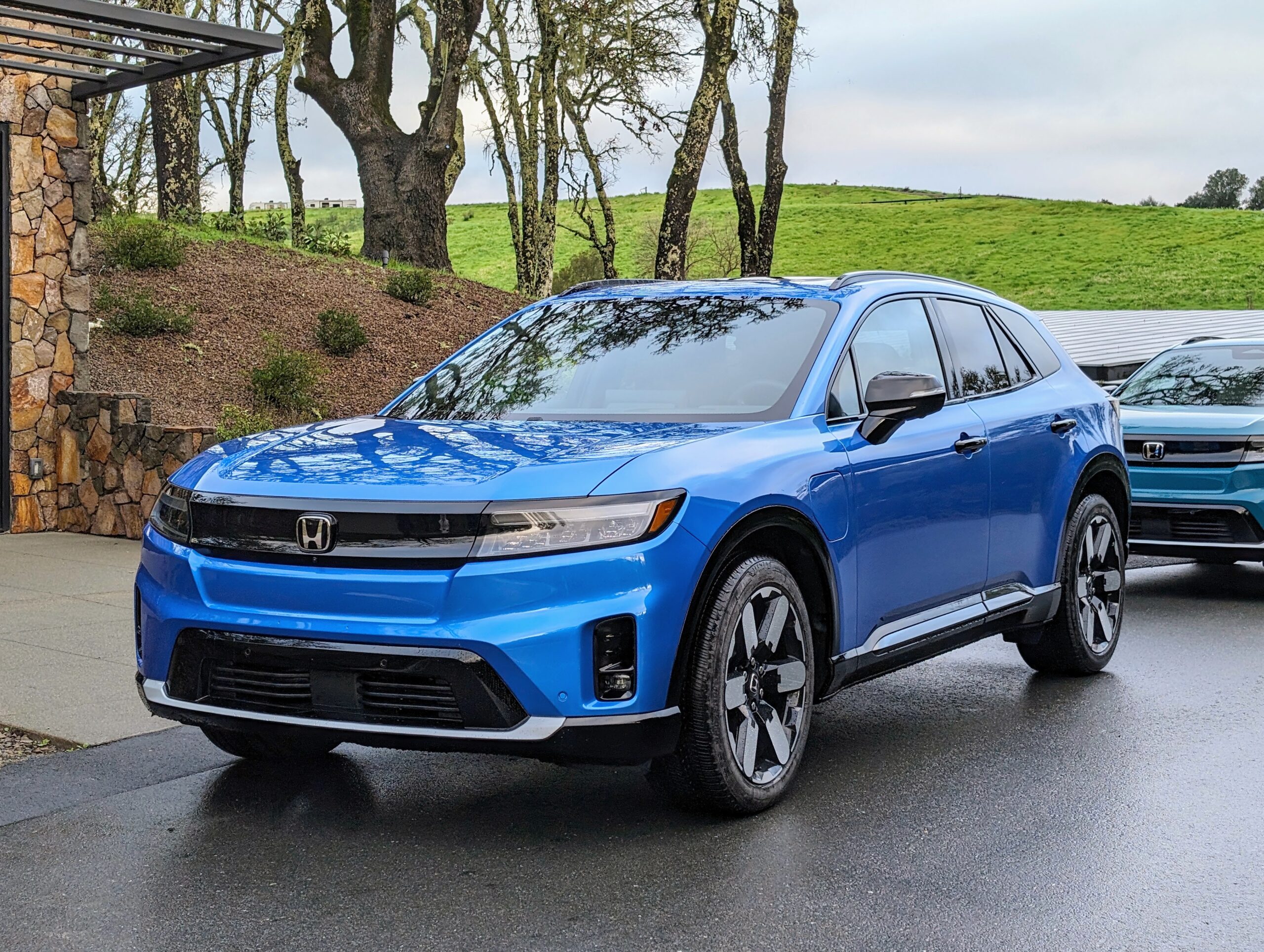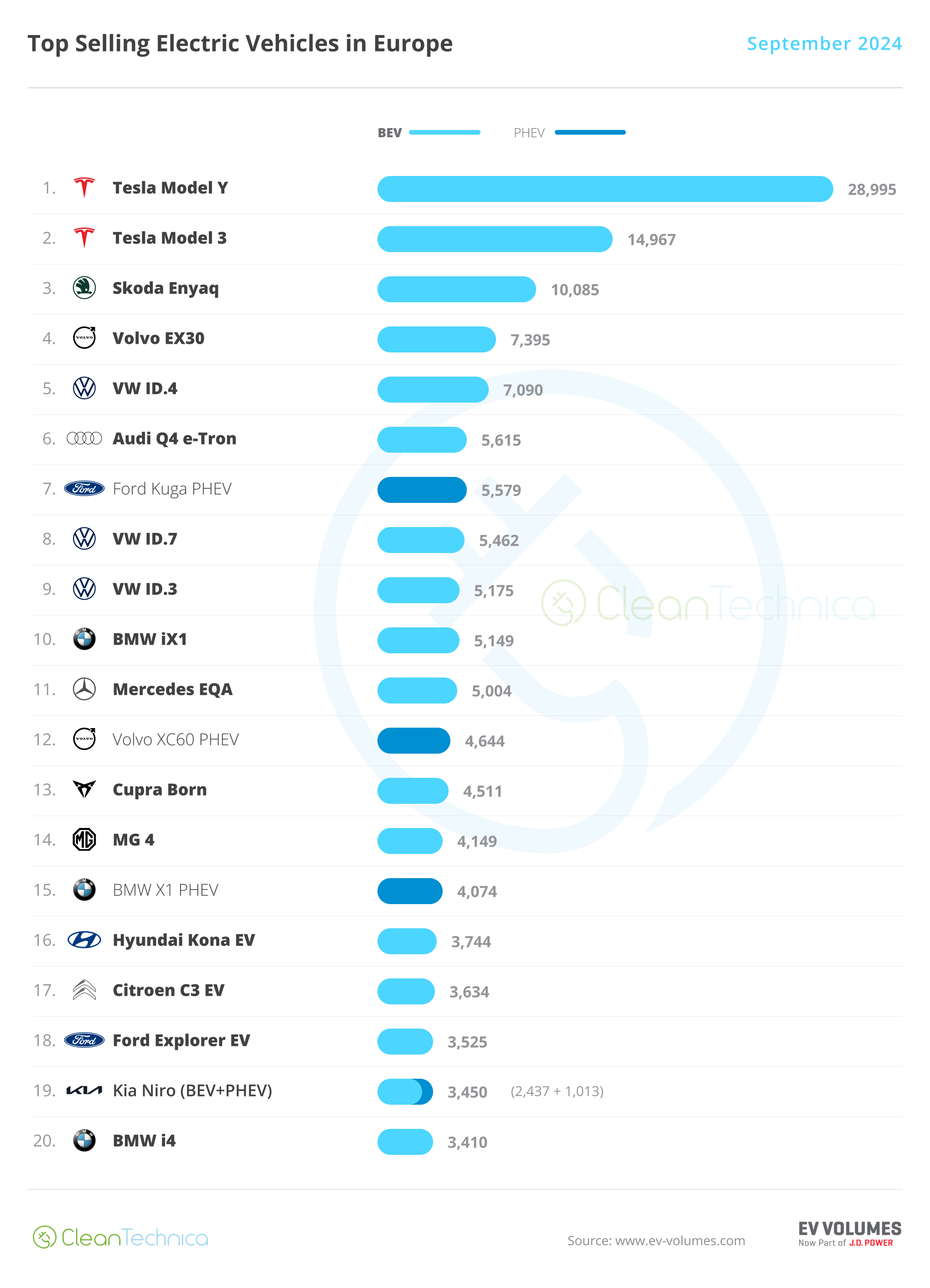Normally, I-10 between Phoenix and Los Angeles isn’t that terrible, at least outside of these metro areas. But, there are many people from California who have moved to Arizona and New Mexico over the last few decades. Mom and dad didn’t move away, so a huge chunk of these California expats want to go back to LA for Thanksgiving.
Back in 2010, there was a rather epic traffic jam just outside of Phoenix. Arizona DOT was rebuilding the bridge over the Hassayampa River, and had the whole road down to one lane each way. This led to hours-long traffic delays. This was over a decade ago, and population growth plus migration patterns have only accelerated.
Parts of I-10 have been widened and there aren’t any major construction projects causing a jam-up, but if you’re driving on that route in an EV from anyone but Tesla or Rivian this holiday weekend, something even worse is happening: only 3 CCS stalls are open at the only fast station between Indio and Buckeye.
But, don’t take my word for how bad this situation can be. Just look at the station on Plugshare:

The obvious bad thing is the 3-4 hour wait times to get into a charging stall. This station is already overworked, and it’s one of the older generation Electrify America stations that’s buckling under the load. It’s not uncommon for 2 or 3 of the four stations to be down, and people were fortunate that 3 were up this time, or it could have been way worse.
On top of only 3 working chargers, there were some people charging up to 100% when that probably wasn’t needed, so that only added to people’s frustration and wait times.
Meanwhile, across the highway at the Rivian station, all of the chargers seem to be up and nobody’s complaining about wait times. The nearby Tesla Supercharger sites (two of them) have over 100 stalls combined. Despite the popularity of Teslas, that seems to be enough to handle the traffic, because there are no complaints about wait times on Plugshare for those, either. The fact that there are two more Supercharger sites in nearby Ehrenberg doesn’t hurt, either.
If you’re planning on traveling I-10 in or out of California in an EV other than a Tesla or Rivian in the next few days, you’ll probably want to take a detour. Going on I-8 through Yuma or I-40 through Needles might be good options, depending on where you’re going. If possible for you, stopping in Blythe or Chiriaco Summit for some juice might be slightly better, even if the stations are slower.
If you absolutely must travel I-10, you might consider hypermiling and/or staying the night at a motel with L2 Charging <cough>Best Western</cough> or staying at an RV park along the route.
For the next few years, it’s still probably a good idea for everyone to keep carrying an emergency charging cord in the trunk. You never know when a disaster or other unusual situation could take down charging and leave you struggling to find a charge.
The Good News
Fortunately, this is probably not going to happen again for Thanksgiving 2024, but it could happen again around Christmas and New Years. So, keep the above detours and backups in mind.
The reason I say this isn’t likely in 2024 is that the whole charging landscape is changing. For most non-Tesla EVs, an adapter will be available to charge at the Superchargers. Rivian is also supposed to open up to non-Rivian cars at some point, and EVgo is opening up stations at Pilot and Flying J truck stops along the route. Caltrans is also planning several stations at I-10 rest areas.
So, the route is about to have a whole lot more capacity that should alleviate the problem. Plus, once some other stations are up, we should probably expect Electrify America to upgrade the Quartzsite station to newer-generation equipment that holds up under the stress better.
The other thing that could greatly help the situation would be more Level 2 charging at hotels and motels. If there’s a place for a percentage of the people to stop at night and charge instead of getting up in the morning and charging at a fast charger, that much more stress will come off of the system.
The Possible Bad News
Whether it gets bad again in the future will depend largely on how quickly EV adoption takes off in the next few years.
If it stays slow for the next 2-3 years (some auto manufacturers are planning based on that assumption), this could give charging providers time to get a lot more capacity in along this and other busy holiday routes. If nothing else, other automotive manufacturers gave Tesla billions of dollars to get Supercharger access and a good chunk of that will probably be reinvested into the network.
But, if things take off faster again and the big charging players don’t keep hustling, everyone (including Tesla drivers) could end up feeling this pain a few more times in the next 10-15 years. This is pretty difficult to predict, but the biggest charging station I’m currently aware of has almost 300 chargers, and that’s in China. This gives us an idea of what kind of station building the U.S. is going to need in the coming years.
Another slightly less bad outcome would be for Tesla to get the buildout right while everyone else drops the ball. While everyone would probably end up with sufficient charging, monopolies and near-monopolies almost never work out well for the consumer.
Even if you think Space Daddy or the technoking or whatever he identifies as these days would never, ever take advantage of the situation, there’s no way the guy works forever. A future board and/or CEO could decide to increase profits at everyone’s expense when actual competition would have prevented that from happening.
To avoid either of these outcomes, we definitely need to both keep the pressure on government and industry and do anything else we can to keep growth in EV charging happening. A decade of bad charging is avoidable if we put the work in to make it happen the right way.
Featured image by Jennifer Sensiba.



